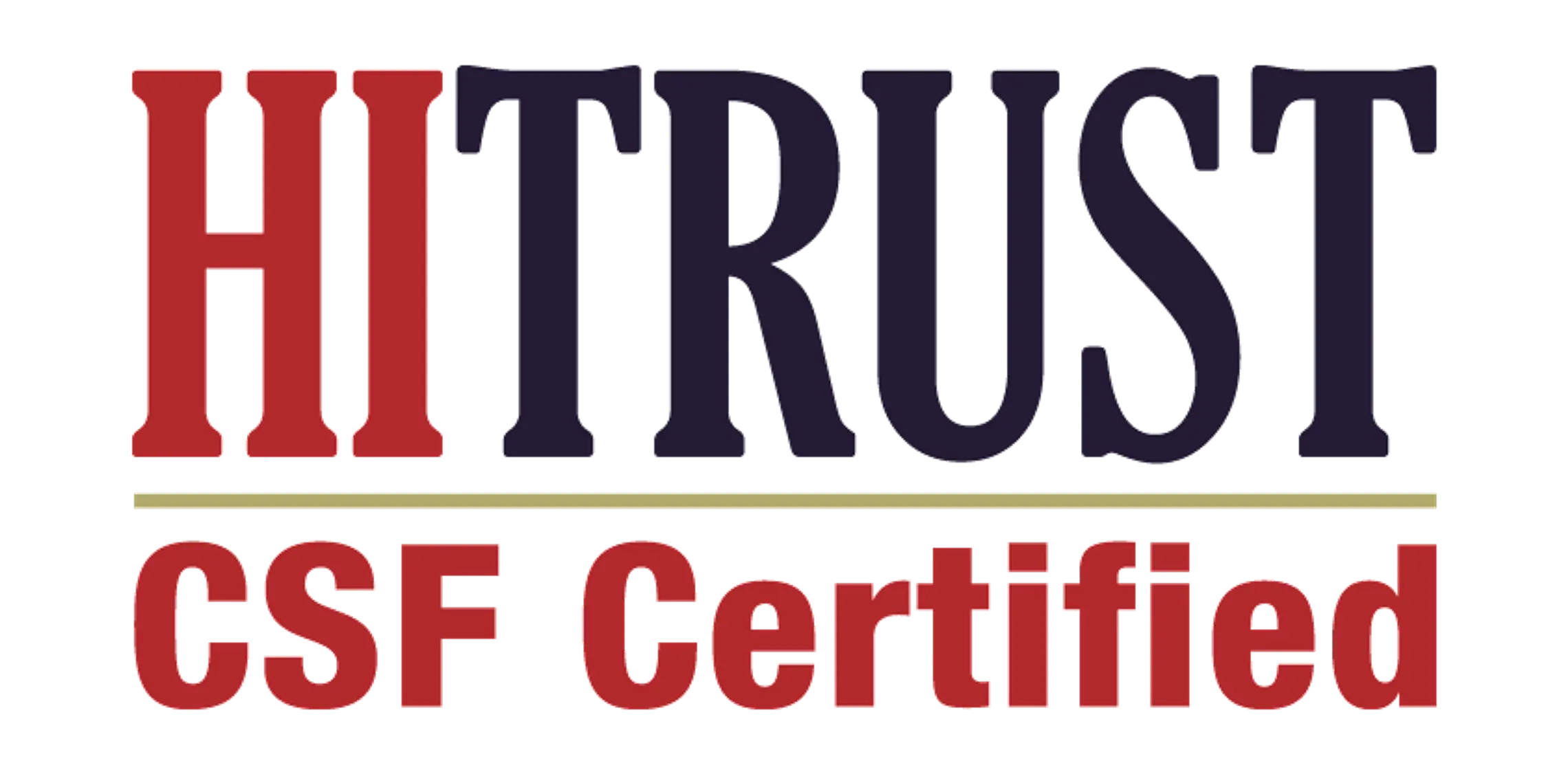Navigating the digital frontier: Overcoming challenges in healthcare automation

The healthcare industry stands on the brink of a technological revolution. As automation tools and artificial intelligence (AI) gain traction, they promise to streamline operations, enhance patient care, and reduce costs. However, the path to successful automation is fraught with challenges. Understanding and overcoming these hurdles is essential for healthcare providers to fully harness the potential of automation.
The Challenges of Automation
1. Integration Difficulties: One of the primary challenges in automating healthcare processes is the integration of new technologies with existing systems. Many healthcare organizations operate on legacy systems that are not compatible with modern automation tools. This disconnection can lead to inefficiencies, increased costs, and frustrations among staff who must navigate two different systems.
2. Data Security and Privacy Concerns: With the introduction of automation comes the responsibility of managing sensitive patient data. The healthcare sector is regulated by strict laws such as the Health Insurance Portability and Accountability Act (HIPAA), necessitating that all automated systems ensure data privacy and security. Implementing robust cybersecurity measures and regular audits can be costly and time-consuming.
3. Resistance to Change: Change can be daunting, particularly in a field as traditional as healthcare. Many practitioners and administrators may resist adopting automated solutions, fearing job losses or feeling overwhelmed by the rapid pace of technological advancement. Addressing these concerns requires comprehensive training programs and fostering an organizational culture that embraces innovation.
4. High Initial Costs: While automation can lead to long-term savings, the initial investment can be substantial. Many healthcare organizations, especially smaller practices, may struggle to find the funds necessary for these upgrades. Financial barriers can be mitigated through strategic planning, partnerships, and seeking out grants or funding initiatives aimed at promoting healthcare innovation.
5. Regulatory and Compliance Issues: Navigating the regulatory landscape can be particularly challenging when introducing automated systems. Compliance with evolving regulations requires continuous monitoring and adaptation, which can place a burden on healthcare providers who may already be stretched thin.
Strategies for Overcoming Obstacles
1. Incremental Implementation: Rather than adopting all automated solutions at once, healthcare organizations can benefit from a phased approach. By starting small—perhaps with patient appointment scheduling or billing automations—they can assess the impact, gather feedback, and make necessary adjustments before a full-scale rollout.
2. Investing in Education and Training: To combat resistance, it’s crucial to engage employees early in the process. Offering training and educational workshops can empower staff to feel comfortable with new technologies and understand their benefits, resulting in a smoother transition.
3. Engaging Stakeholders: Involving a diverse group of stakeholders—from healthcare providers to IT specialists—early in the automation planning process ensures that a variety of perspectives are considered. This collaborative approach can create more effective solutions and foster a sense of ownership among team members.
4. Prioritizing Cybersecurity: Investing in strong cybersecurity protocols can mitigate many concerns related to data breaches and privacy violations. Building a comprehensive security strategy that complies with all regulations will help to build trust with patients and stakeholders.
5. Leveraging Data Analytics: Data-driven decision-making can aid in identifying which processes to automate first. By analyzing workflow inefficiencies and patient needs, healthcare organizations can prioritize automation efforts where they will have the most significant impact.
Conclusion
While the journey toward automation in healthcare is fraught with challenges, it also presents tremendous opportunities for improving patient care and operational efficiency. By addressing integration difficulties, investing in training, managing costs wisely, and prioritizing cybersecurity and compliance, healthcare organizations can navigate this digital transformation successfully. Embracing these changes not only enhances services but also positions the healthcare sector to meet the evolving needs of patients in an increasingly digital world. The promise of automation is within reach—it's time for healthcare leaders to take bold steps toward this future.






